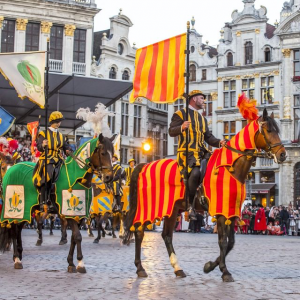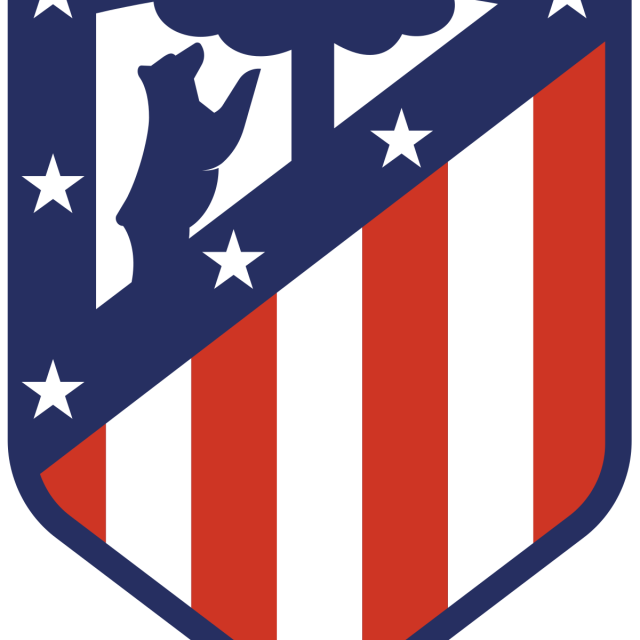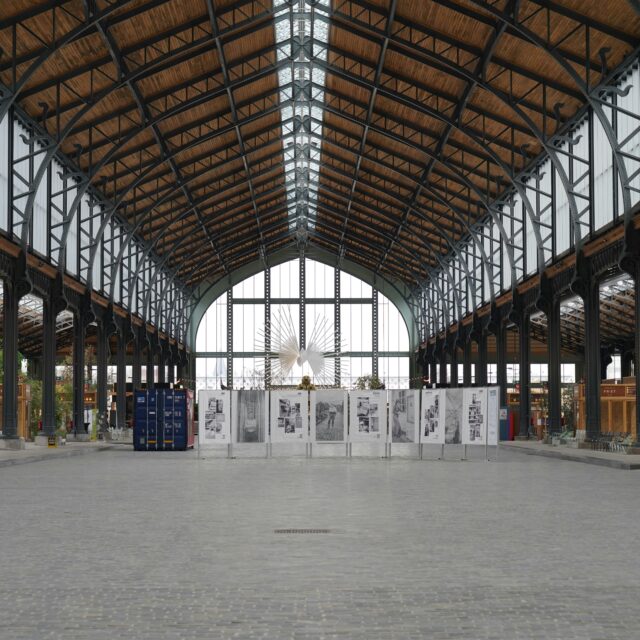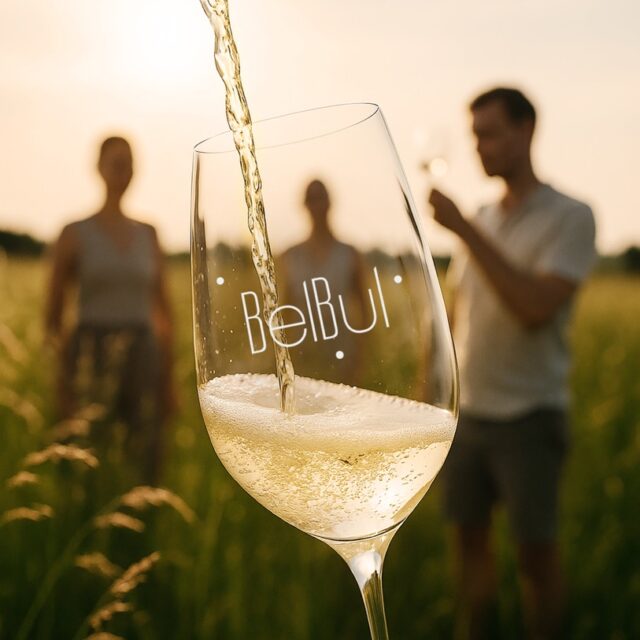Calling all history buffs – the Carolus V Festival is an opportunity for Brussels to relive the spirit of the Renaissance.
Many activities are offered from now until September, including talks and guided walks through the city which allow visitors explore the time of Charles V, the most powerful emperor of the 16th century.
This year, to celebrate the 450th anniversary of the death of the great Flemish master Bruegel, several new activities have been added to the festival’s extensive programme.
The programme is part of the cultural network ‘European routes of Emperor Charles V’, a tourist and historical route recognised by the European Council’s European Institute of Cultural Routes.
It reunites the places that marked the reign of Charles V and the cities he passed through. The heritage and history of Europe in the 16th century are highlighted thanks to a series of festive, cultural and family-oriented activities organised in several spaces throughout the Brussels Capital Region.
Through tours and outings, visitors relive various aspects of life under the reign of Charles V.
During May and June, you can attend talks to better understand the realities of the period and to learn more about Brussels in the time of Bruegel.
The 1560s are one of the most important decades in Brussels’ history, and it is also the period in which Pieter Bruegel lived in the city. You get to understand how important the city was in Bruegel’s life just by learning about the history of the city during that period.
Erasmus House, one of the oldest houses in Brussels (1515), is home to a collection of paintings (by Holbein, Bosch and Metsys) within a reconstructed period interior and has a library boasting thousands of old publications and a “philosophical garden.”
The ‘Etching in the time of Bruegel’ exhibition, meanwhile, showcases the production of etchings in the Southern Netherlands in the 16th century. Bruegel’s pictures are just a tiny sample, overshadowing many other images and illustrations on paper which are a real gem to discover.
Etching, a flexible and versatile medium, was used in various forms of visual communication, from contemporary newspapers to political propaganda.
The King’s House (Maison du Roi) is home to an amazing tapestry cartoon with a large 16th – century design measuring 3.40 m by 3.80 m. This gigantic fresco reflects the concerns of an era of change: the Renaissance. It is attributed to another great Flemish painter, Pieter Coecke, Pieter Bruegel’s father-in-law. This enormous design served as a model for tapestry weavers. Its renovation took a year and a half, and was completed in 2017.
At the end of the 16th century, crossbows disappeared from the battlefield and were increasingly replaced by firearms, which had the advantage of speed. However, crossbows are still a highly prized hunting weapon both among nobility and ordinary people; they have mainly become a weapon used for hobbies and have a major presence at trade fairs in our regions.
The various depictions of this weapon and the shooting areas for using it, created by the Brussels painter, are a testament to this. Another festival exhibition will use these depictions to show the sociological evolution of the crossbow in the cities of the Spanish Netherlands, right up to its current usage.
Along with Bruegel, Bernard van Orley was one of the key figures of the Flemish Renaissance. He was a painter at the court of Margaret of Austria and Mary of Hungary, received commission after commission and, at a very young age, became the head of one of the largest ateliers of the era. He painted religious tableaux but also designed tapestries and stained glass windows. An exhibition on van Orley places particular emphasis on his portraits, which helped him to bring together his impressive network of political advisors, influential clergymen and humanist thinkers. For the first time, the works of Van Orley from all around the world have come together in one exhibition, in the place where they were first produced.

Visitors, later in the summer, can also relive the Ommegang procession organised by the city of Brussels in 1549 for Charles V and his son, the future Philip II. Some 1,400 participants have made it their mission to recreate a historic moment in the streets of Brussels. Musicians, singers, dancers, horse riders, guards in uniform, flag-bearers and more will all help create a Renaissance atmosphere.
On 2 June, between 10 am and 6 pm, the Coudenberg Palace in Brussels will host a “Bruegel Special Family Day” as part of the Carolus V Festival. With the family or friends you can discover ancient games, introduce yourself to the period’s music or try your hand at the crossbow.
The programme also has much to delight the taste buds. Beer lovers can take part in the zythology workshop (the study of beer and brewing) and discover the history, the composition and the types of this ingenious beverage – with a tasting.




